2024
How do you pick & choose from a culture so rich with a history so deep?
When brainstorming we were overflown with different ideas and knew immediately that this was going to become a yearly commitment. We paused all of them and went to the core of Dia di Rincon, just in time to celebrate its 35th anniversary.
The heart & soul of Dia di Rincon is the ‘Simadan, the harvest feast’, but how did all of this start?
We're going to take you on a journey to 1600s on the gouvernment plantations: 'Den Landstuinen'.
🌾🤎
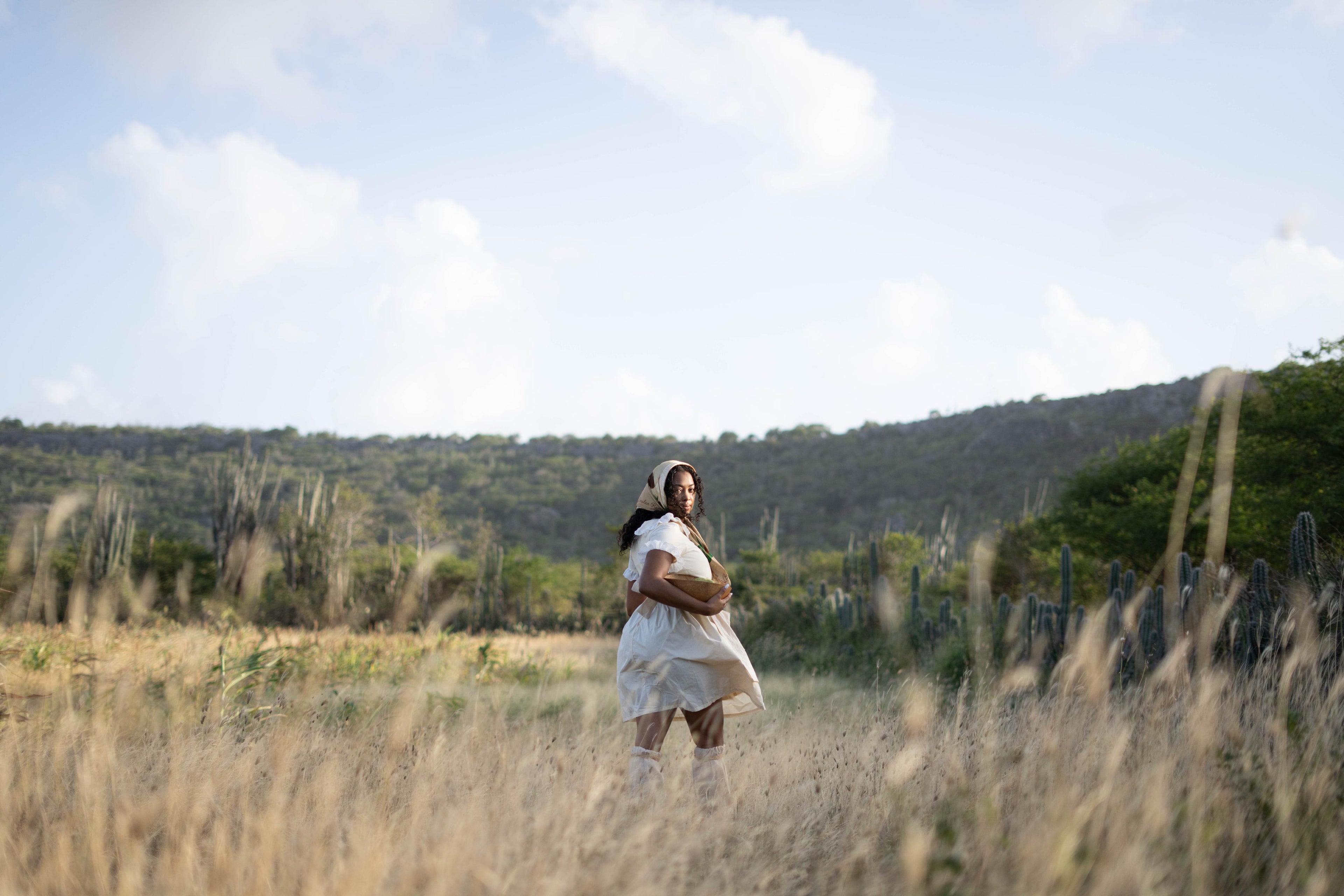
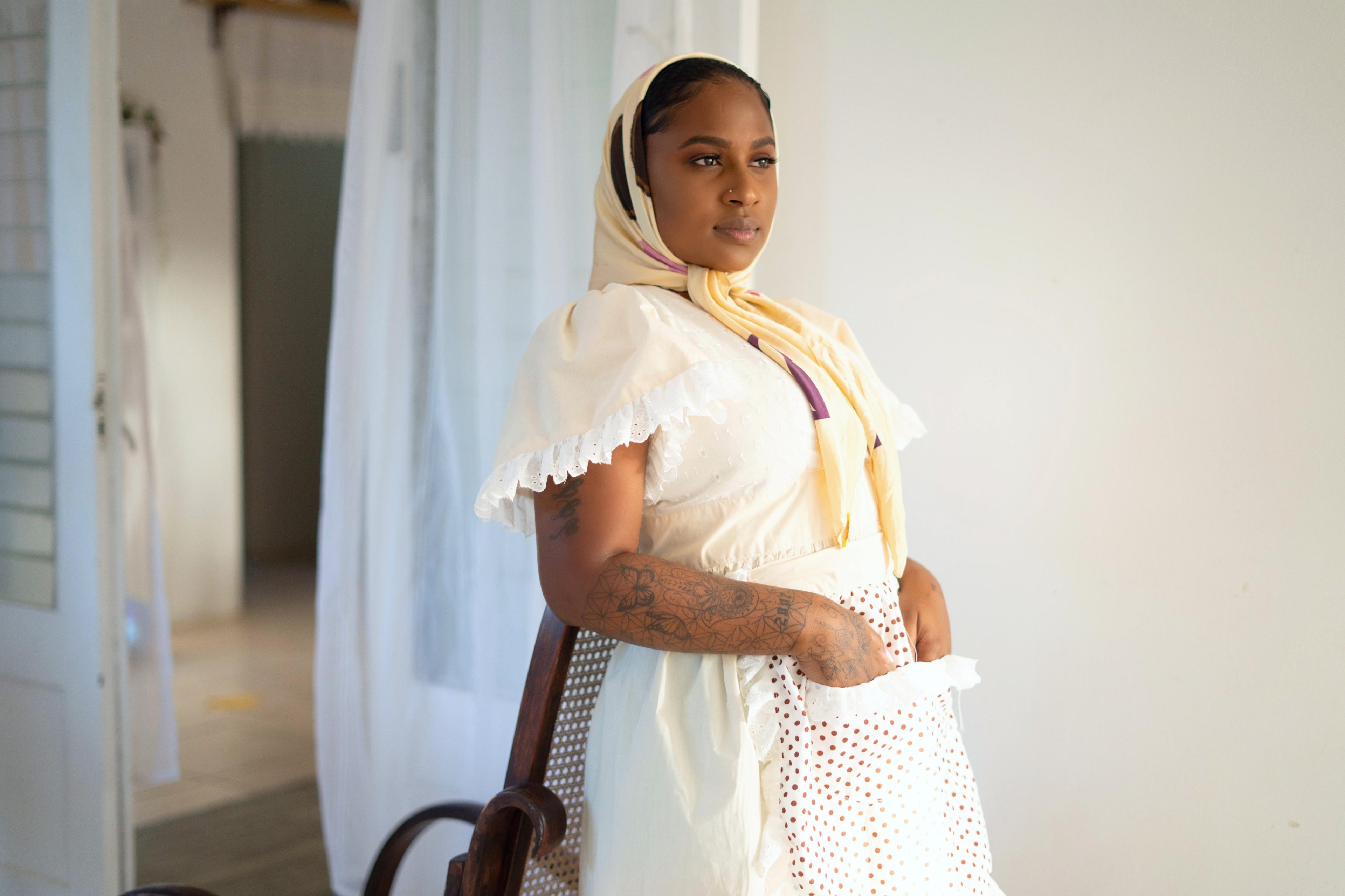
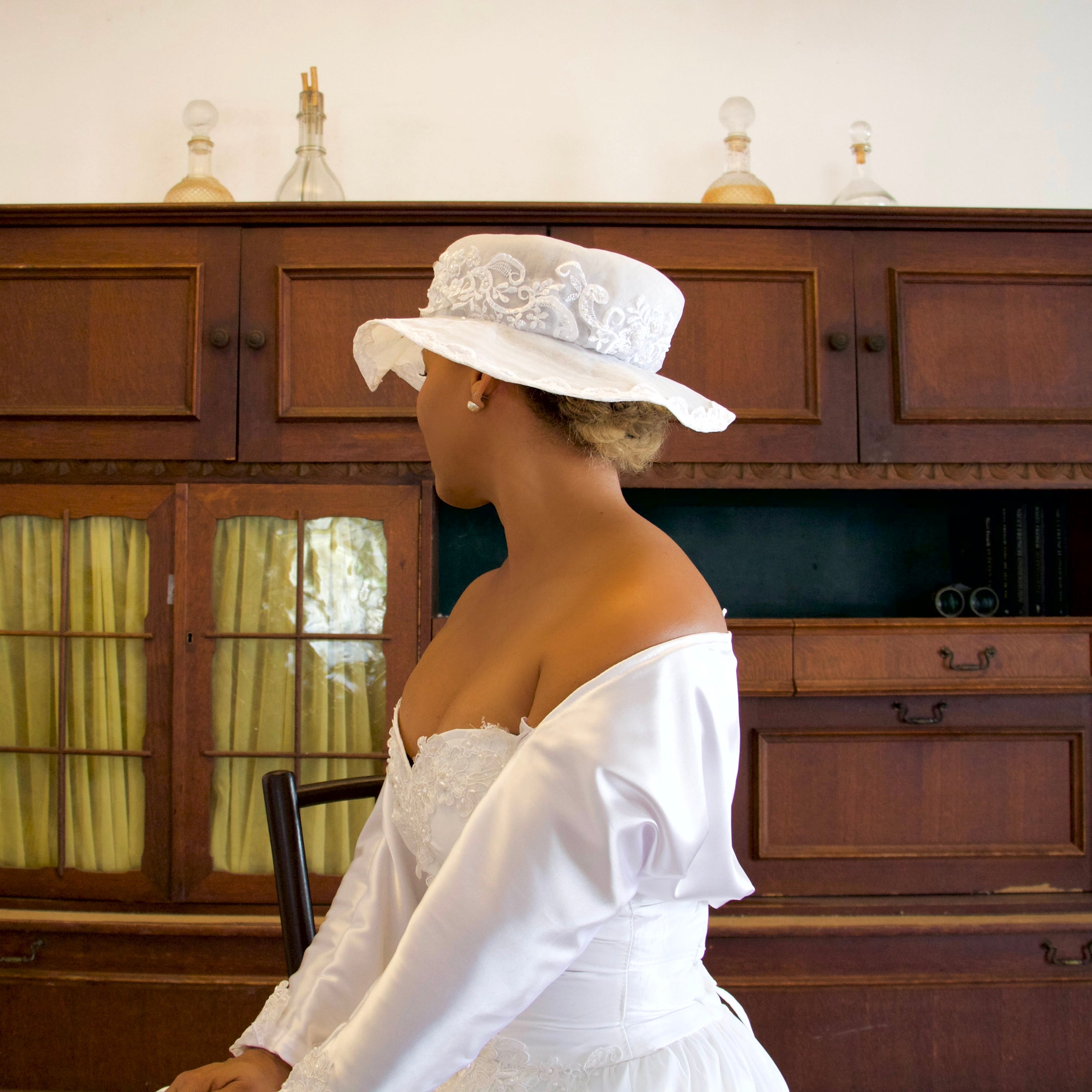
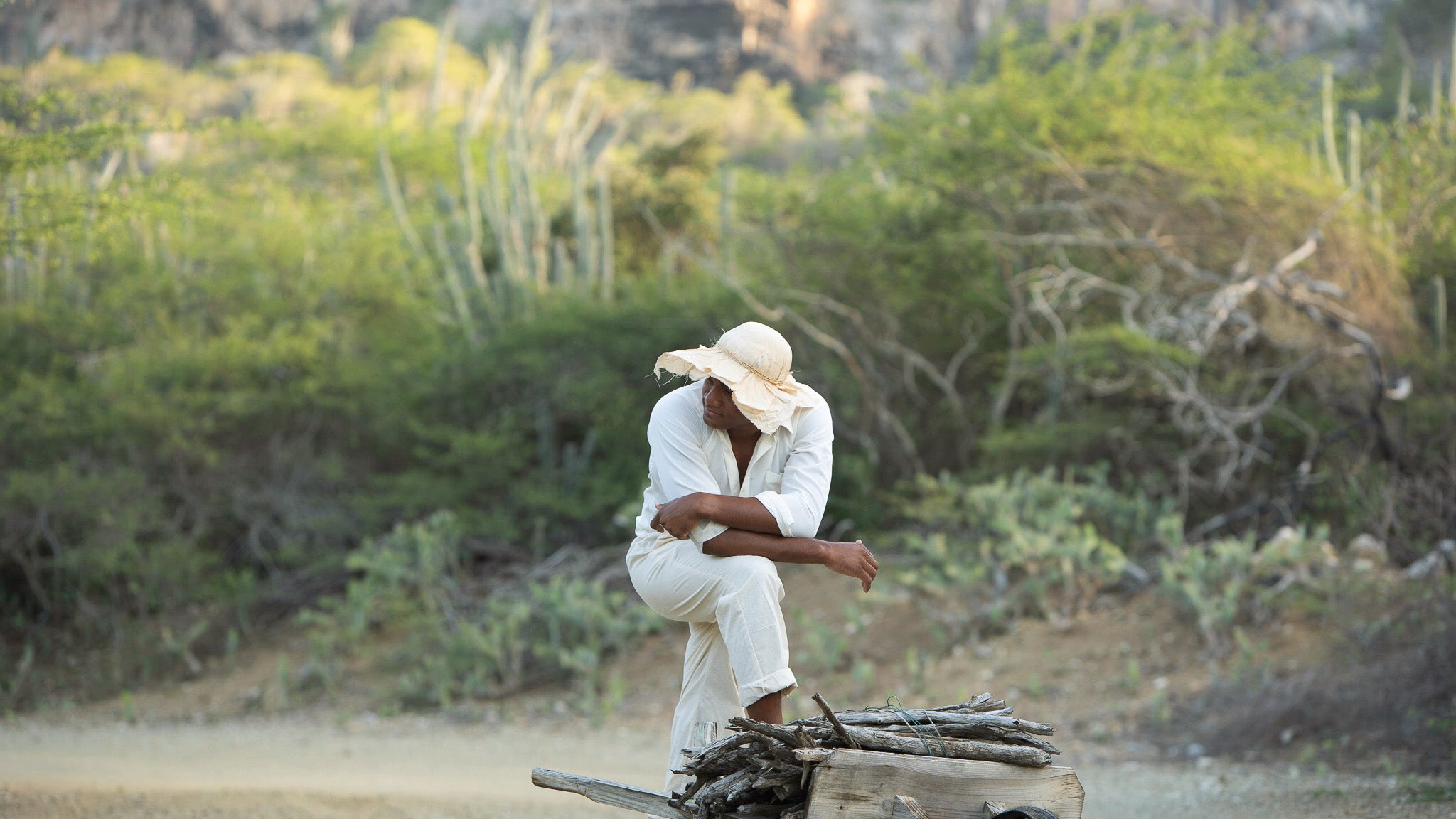
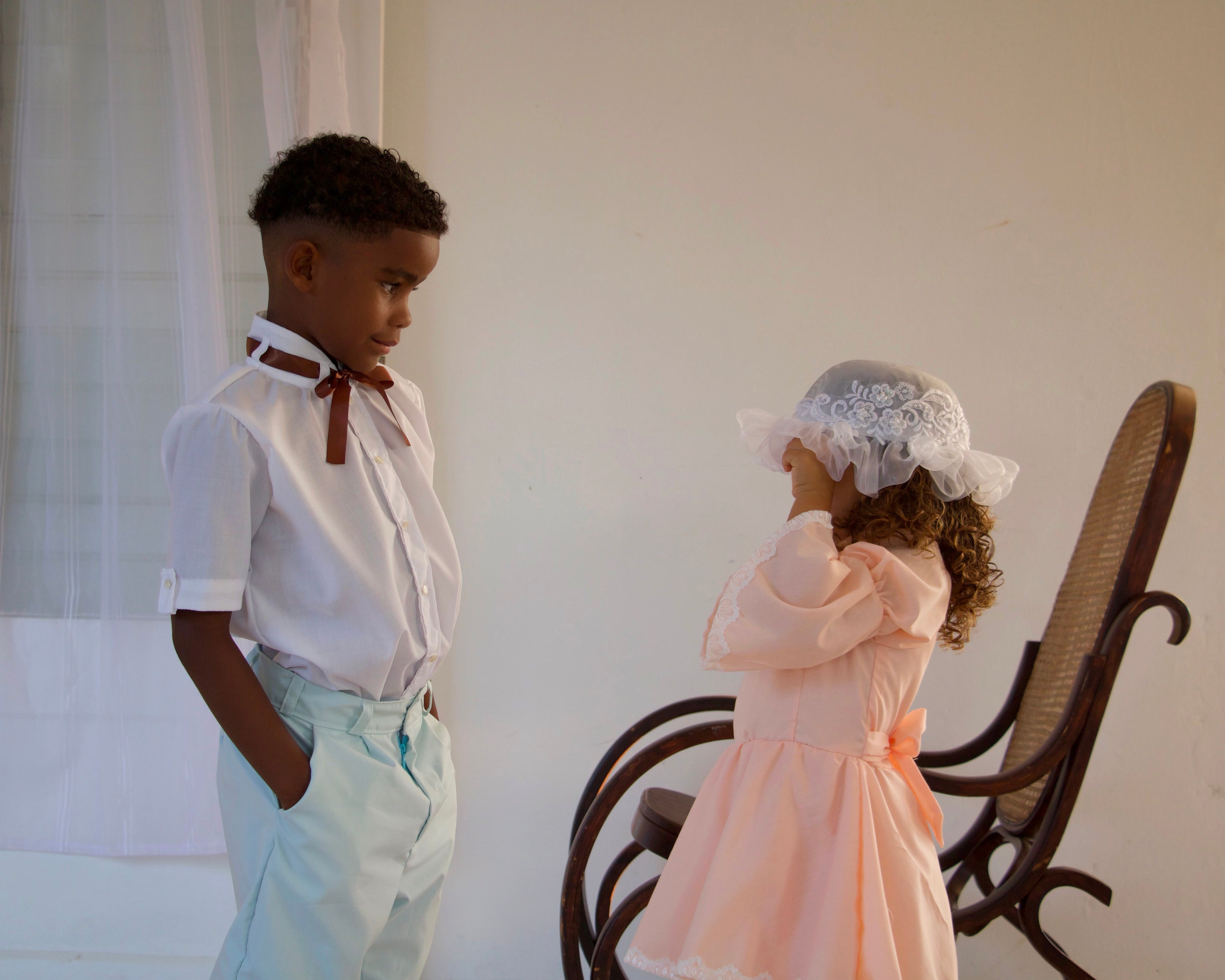
2025
2024 nos a hiba bo aña nan 1600 e bida riba Plantashi...2025 nos ta sali for di Plantashi bai Misa. E bisti di más bunita den nos kashi!
Di paña di trabou pa esun mas bunita! Di tela di pruga simpel pa tela i adornamentu dü.
Di 1600 pa e historia más resien 1990 piku.
💎💒✨
-
TANTA GRANDI🦢
Regular price $450.00 USDRegular priceUnit price / per -
MI MADRINA
Regular price $435.00 USDRegular priceUnit price / per




